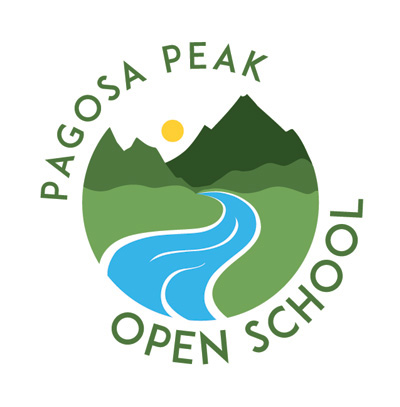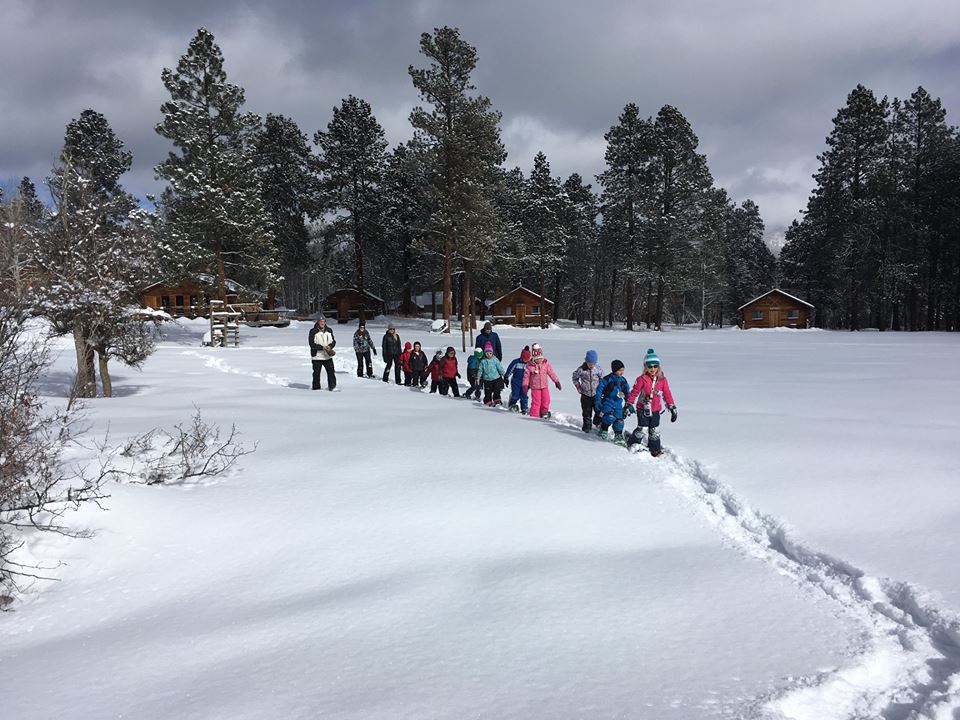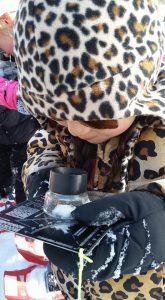
At the beginning of February, Pagosa Peak Open School ventured to Sonlight Camp for an educational exploration of snow science hosted by Audubon Rockies to learn how snow affects our mountain community. In addition to snowshoeing and animal tracking, our students used scientific tools such as magnifying glasses and thermometers to compare temperatures, crystal shapes and layers of snow.
After discussing different snow crystal shapes and how snowflakes are formed, K-3rd grade classes read a special book, Over and Under the Snow, that details life in the subnivean zone, that is life under the snow. To survive the winter, the subnivean zone is where animals make their dens, tunnels and burrows.
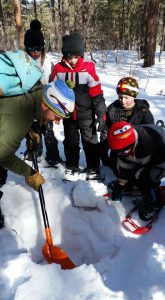
Card games helped our children learn how to match a track to its corresponding animal. Students discovered that animal tracking can tell a fascinating story. They individually used animal track stamps to create a story and then retold their stories to each other as a group. After this fun exercise, students strapped on some snowshoes to learn how to walk, waddle, run and jump like animals in the snow. They even found some wild turkey tracks to observe!
To understand snow and temperature, the children dug a pit to the ground and measured the temperature at several different levels. At the top of the pit the temperature was 23 degrees, but as the students measured towards the ground, they were surprised to find the temperature actually rose all the way to 33 degrees at ground level.
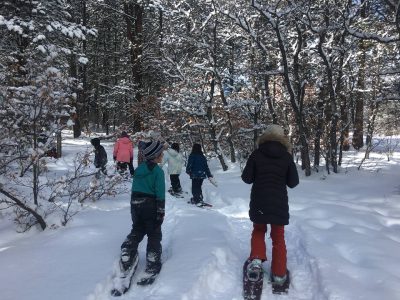
Our 3rd through 5th grade students learned through three content stations set up by Audubon Rockies. One station focused on winter adaptation. They discussed how traits and characteristics that allow animals to survive in the San Juan Mountains. Students then sculpted imaginary animals in the snow capable of surviving in this portion of the Rocky Mountains. At the end of this station, students proceeded through a “gallery walk” to show off their respective “critters” and explain what adaptations allow them to survive.
At another station these 3rd through 5th grade students also discovered the movement of animals in the snow through snowshoeing, tracking and an observational hike. They identified the three P’s, Print, Pattern, Place that help one with the detective work of identifying tracks of what critters are on the landscape. Students learned how to group different mechanisms of moving thru the snow. Is the animal a Walker (deer, coyote), a Hopper (snowshoe hare), a Bounder (weasels), or a Waddler (bear)?
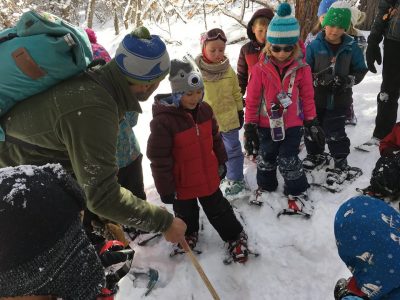 The final Audubon Rockies station had students digging snow pits, identifying and counting layers in the snow and discussing the history of winter that can be discerned from examining snow layers. Students calculated snow water equivalent (SWE), what percentage of a given snow pack would be reduced to water if it were to melt instantaneously. This directly impressed upon students the impact of snowfall on the Pagosa Springs community. How does water impact our recreational tourism? Agriculture? Wildfire resiliency?
The final Audubon Rockies station had students digging snow pits, identifying and counting layers in the snow and discussing the history of winter that can be discerned from examining snow layers. Students calculated snow water equivalent (SWE), what percentage of a given snow pack would be reduced to water if it were to melt instantaneously. This directly impressed upon students the impact of snowfall on the Pagosa Springs community. How does water impact our recreational tourism? Agriculture? Wildfire resiliency?
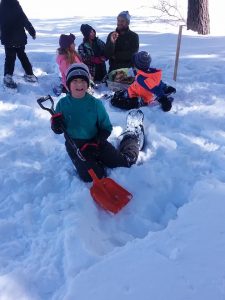
Our students connected with their community through discussions around San Juan Mountain wildlife and the importance of snow to our county. This introduction to our winter environment deepens not only children’s understanding of their surroundings, but also their relationship with it. By participating in such activities, students engage in place-based learning specific to Pagosa Springs, Colorado.
Pagosa Peak Open School goes beyond the interdisciplinary approach to include our students’ community and local environment. We focus on the concept of growing the whole child. They are building relationships with our natural surrounding as well as with each other. Simply enjoying a walk through the quiet woods in winter gave them a better understanding of snow, of how it packs and how it settles.
At Sonlight Camp, through snow science exploration, the students learned about Pagosa’s regional impact. They are learning specifically how snowpack affects the economics of our area and the Western United States. We are teaching our children how to live responsibly upstream and think downstream.
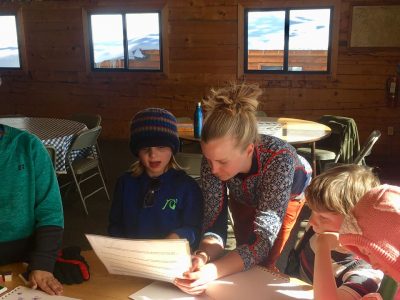
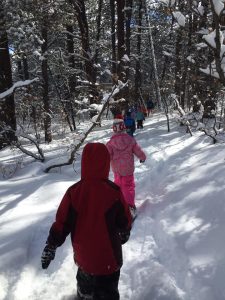
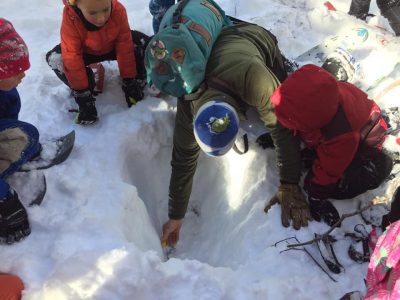
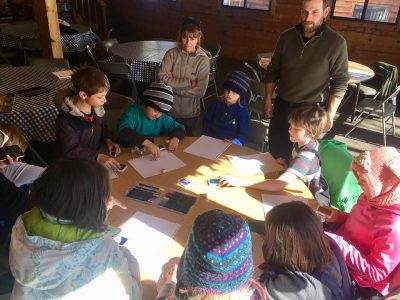
Special thanks to Kelle Bruno and Emily Murphy for their input on this article.
Photos by Kelle Bruno, Leah Holliday, Ashley Hall, Robyn Villerreal, and Karla Parker-Choat.
